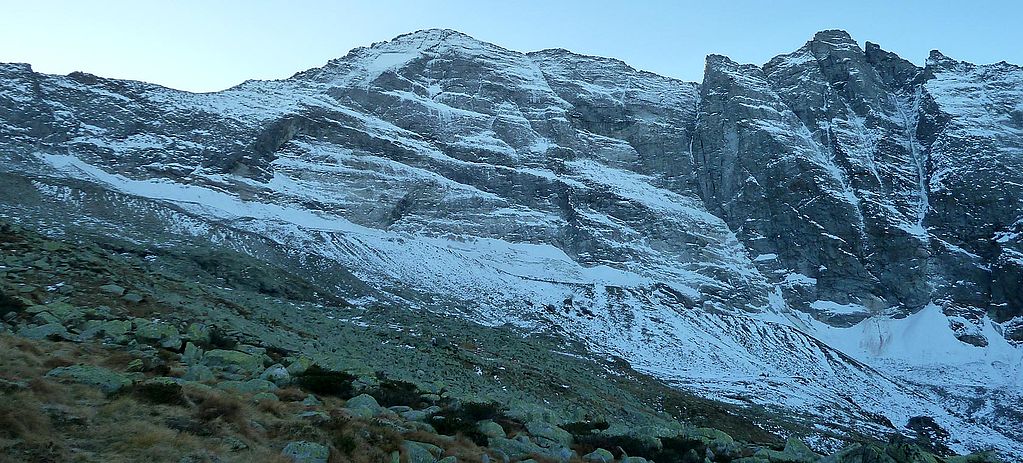

Occasionally you can still see one or two at Pillar Box Cave, negotiating the 60m cliff, just like the old days. Searching for food, these formidable men, described as “dwarfed fishermen with giant forearms” by local climbing heavyweight Stevie Haston, would solo down loose rocks on a hemp rope, without a harness and a bucket of fish on one arm. Long before the likes of Caldwell and Pedeferri were christening routes like X-Factor and Club Paradiso on Gozo, bare-footed Maltese fishermen were soloing down the same precarious cliffs (minus the fandangled equipment). The international climbing community is certainly warming to the sunshine island – international bouldering competition Melloblocco’s Simone Pedeferri visited just last year and, more recently, members of the Dutch Ice Climbing Team, along with their dachshund Ooinn, descended on its enviable limestone rock. There are estimated to be in the region of 10,000 climbers visiting annually – a number set to inflate, since world-class talent Tommy Caldwell – of Dawn Wall fame – began chalking up the crags. Surprisingly (and much to the delight of its 250-strong local climbing community), the island is still relatively unknown as a climbing destination compared to the likes of the South of France and Northern Italy. Its even smaller and sleepier sister island, Gozo (a 30-minute ferry ride away) boasts 350 routes, ranging from nine metres to some 60-metre monsters, and one of the biggest overhangs in the world: King of Kings. By default, its diminutive size has also been its greatest climbing asset – the longest walk-ins, even to remote crags, are around 15 minutes, making it entirely possible to squeeze in an hour of culture between climbs.

The sheer variety of climbing, from sea level traversing,to sheltered climbing in deep gorges and steep overhangs in sinister caves, is immense for an island measuring just 27kmx14km. Locals don’t call it the ‘the rock’ for nothing. This weather-sculpted terrain, combined with high quality limestone rock that’s rich in holds, have made it a veritable playground for climbers of all levels. The island’s rugged, inland limestone crags, carved from glaciers in former ice ages, are primed with dramatic and steep routes too. But the action doesn’t all happen at sea. Paradoxically, nowhere does the island’s history converge more profoundly with the present than in its fossilised-encrusted cliffs, which are attracting an altogether more adventurous and youthful community: rock climbers.ĭespite being mountainless and just 253 metres above sea level, 60 per cent of Malta’s coastline is cliff, and this is where you’ll find its throng of vertical thrill seekers – dangling precariously from the roof of a sea cave, or abseiling into the bowels of the ocean.

Its heritage speaks for itself: the archipelago has been inhabited since 5,000BC and is home to some of the oldest freestanding monuments in the world. I’ll be the first to admit that my preconceptions of Malta were that of a staid island, with heaps of history and a hot ticket for retirees.


 0 kommentar(er)
0 kommentar(er)
